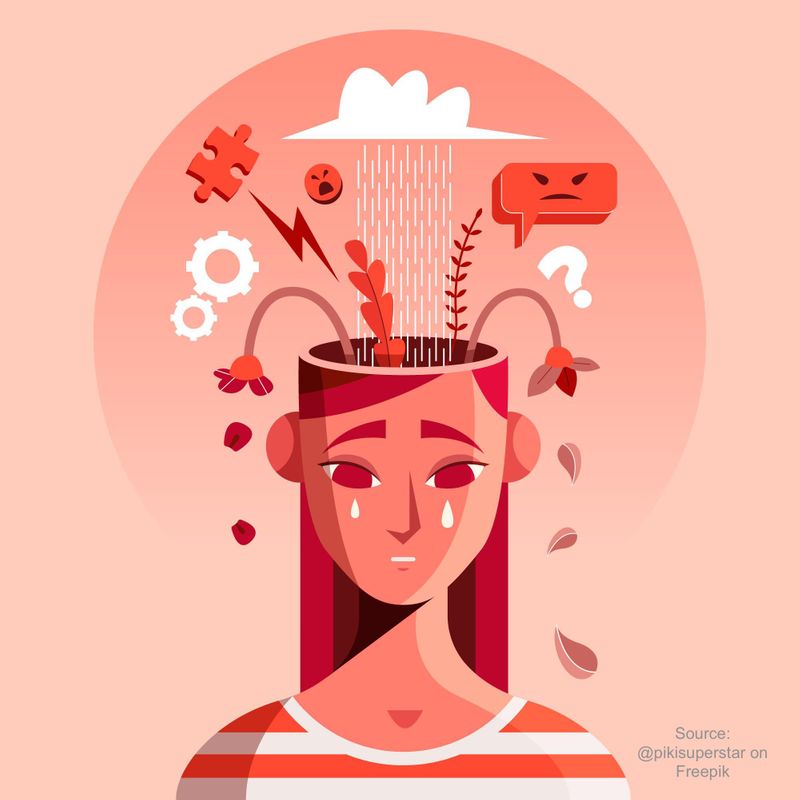
This logo isn't an ad or affiliate link. It's an organization that shares in our mission, and empowered the authors to share their insights in Byte form.
Rumie vets Bytes for compliance with our
Standards.
The organization is responsible for the completeness and reliability of the content.
Learn more
about how Rumie works with partners.
 Photo by Taylor Deas-Melesh on Unsplash
Photo by Taylor Deas-Melesh on UnsplashHave you ever heard of people who have "multiple" or "split" personalities?
This condition, now known as dissociative identity disorder (DID), isn't the exaggerated trope you see on TV and in movies.
Identifying the real signs and symptoms of DID can help you or a loved one receive timely, effective mental health care.

What is Dissociation?
Dissociation happens when a person isn't connected to their own memories, thoughts, feelings, or identity. It's hard to describe if you’ve never experienced it before.
A patient with DID once described a dissociative episode as being in a pool and not really feeling the water. They said it felt like watching themselves swim instead.
Others say dissociation feels like someone else using your eyes to cry.
Dissociation is the most prevalent symptom of DID.

What is DID?
Memory Gaps
People with DID “shut off” from their reality. Memory gaps are a natural consequence of this. The type of memory loss associated with DID is more severe than what most people experience.
The memory gaps can span hours, days, or even years. Memories often reappear much later, causing people with DID distress and confusion.

Did you know?
Other Common Symptoms
Did you know?
Dissociative disorders usually result from trauma and stress in childhood, not adulthood (source: www.nami.org).
Knowledge Check: DID Symptoms

Beth experiences auditory and visual hallucinations.

Mike has severe memory loss and sometimes feels like he's not in control of his movements.

Susan engages in risky behavior followed by periods of depression.
Quiz
Who is most likely to be at risk of dissociative identity disorder?
Mike's symptoms are closest to DID. Beth's symptoms are more consistent with schizophrenia, and Susan is more likely experiencing a form of bipolar disorder.
Take Action

This Byte has been authored by
Kymberly Mayfield
Grad student
This Byte has been reviewed by
Yasmin R. Singh
RP (Qualifying), MA


